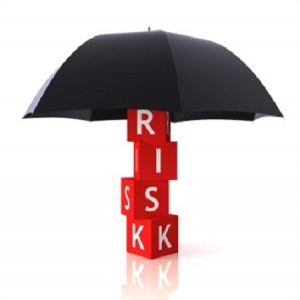 Property risk management in this real estate climate offers tricky valuation issues. Start with the balance sheet: what is the book value of the real estate assets? This number is the primary concern.
Property risk management in this real estate climate offers tricky valuation issues. Start with the balance sheet: what is the book value of the real estate assets? This number is the primary concern.
The practical value, the operations value, represents the nuts and bolts of the business. If your real property suffers a major loss, how easily can operations be transferred, set back up, and continue? If the business requires massive machinery rigged and moved, the cost can be quite high. This extra expense to relocate, whether temporary or permanent, is an intangible asset, and may require special attention to insure properly.
Real property, buildings, depreciate. The book value, under normal real estate market conditions, is typically significantly lower than the replacement cost of the buildings. An actual cash value, replacement cost less depreciation, will theoretically equate to the book value. But, you may need a new location.
First Contingency Question: Is our current location perfect, or could we move to a new site?
As your business changes, needs change. Offices can be more remote, industry requires some ground transportation, usually trains and trucks, or do you ship by sea? These considerations may have changed since your current site was chosen.
In a perfect world, where would you locate your operation as a new start-up? If it’s where you are now, you need to assure you can replace the building you are currently in, or build the redesigned building you may need to keep up with current building codes.
If you could move or would desire a new location, consider the current market value of your land, and add to that the actual cash value of your buildings. Can you acquire new facilities at the more desirable location for that budget? If so, your contingency plan might include this move, or possibly a rent to own option in an existing building.
Think through the disaster response. Would we want to literally replace what we have, or would that be a good time to change the operations, even slightly. This thought exercise gets better results when you’re not under the pressure of an actual disaster.
Second Question: Does our funding, including insurance coverage, reflect our catastrophe plan?
An important step in risk management – funding the risk. Review your policies, building valuations, amount of coverage, and any extra coverage like extra expense or loss of income.





